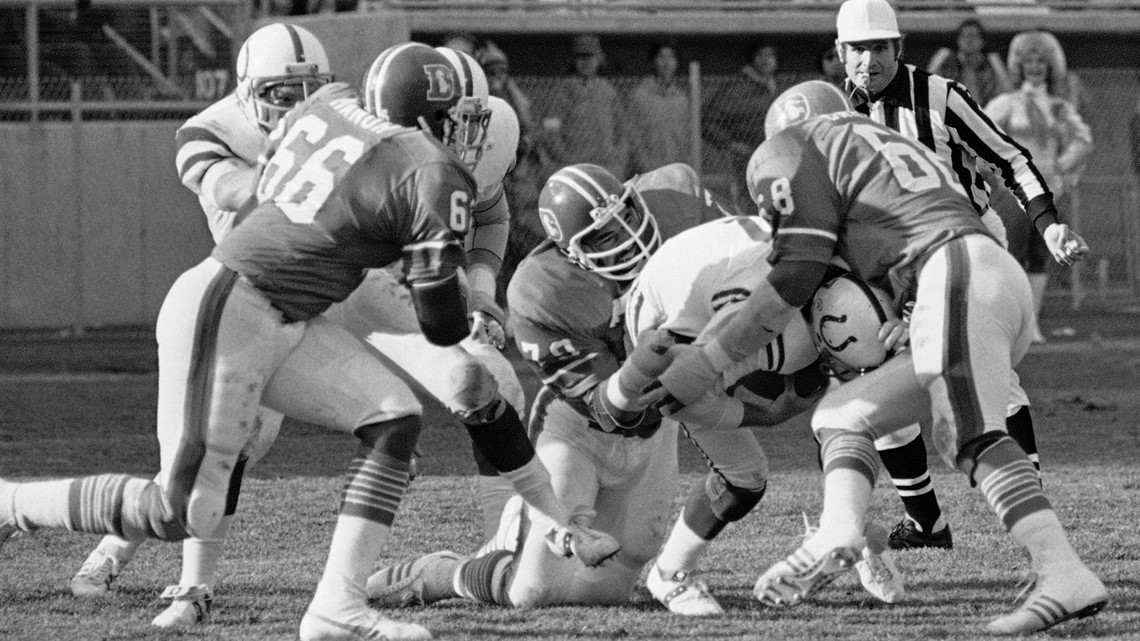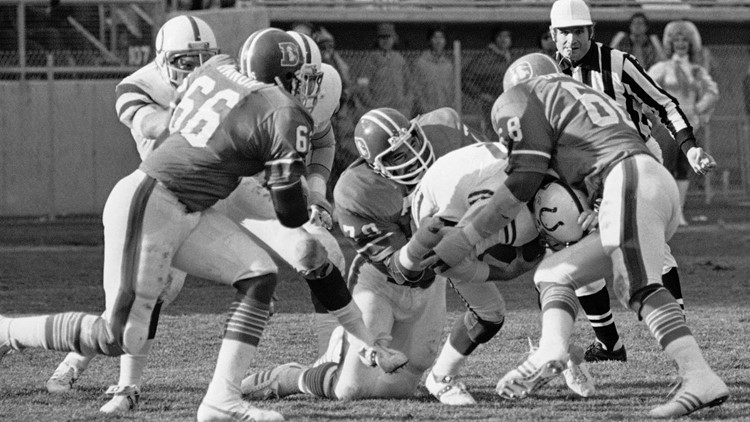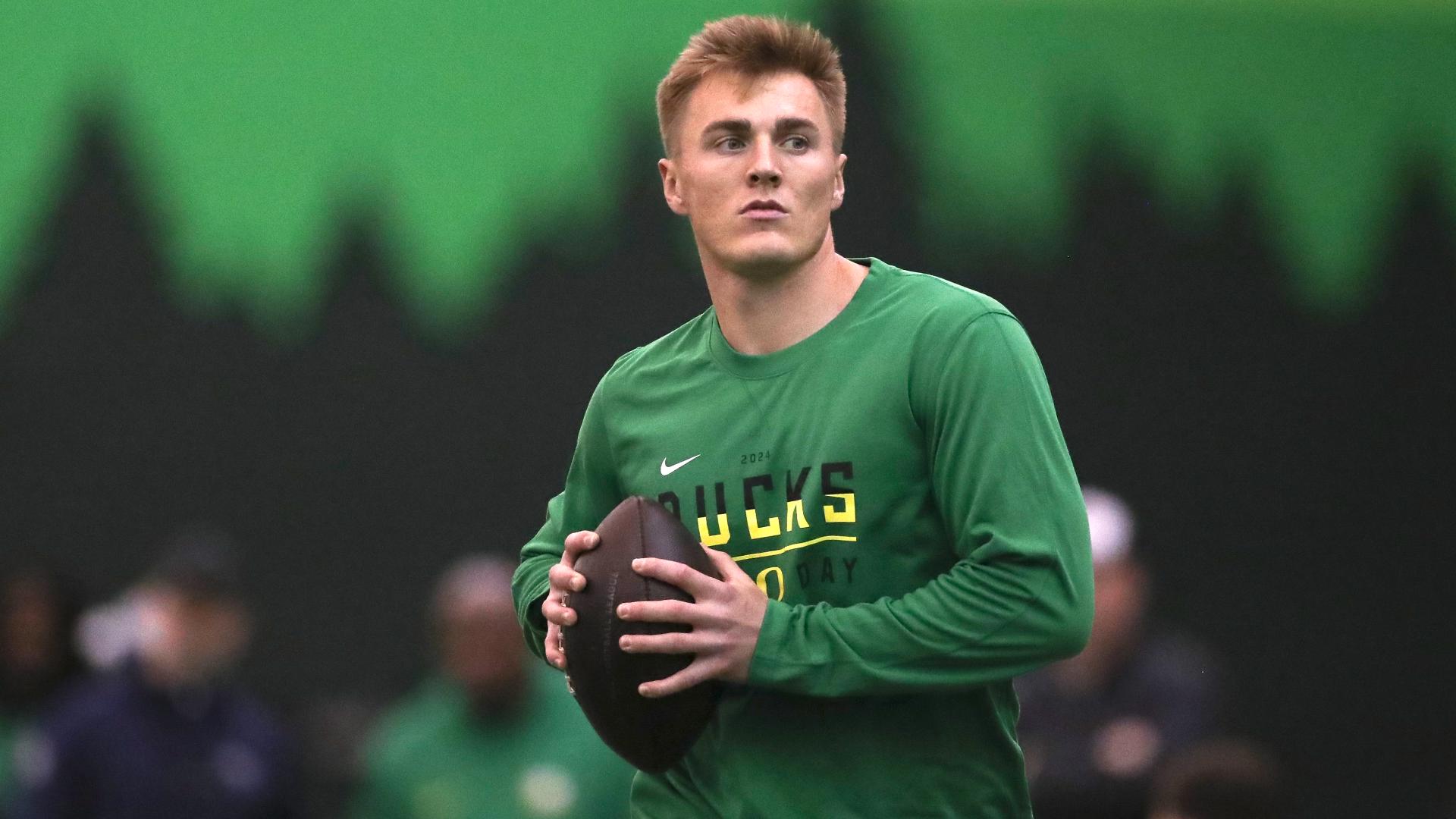DENVER — All members of the Colorado Sports Hall of Fame have their own unique journey.
Barney Chavous road to official Colorado stardom began when he drove a school bus at 16 years old, before and after school.
This would have been an extraordinary life even had Chavous never became a stalwart defensive end for the Denver Broncos’ famed Orange Crush defense from 1973-85. According to The 50 Greatest Players in Denver Broncos History, Chavous got his sunup to sundown driver’s license at 14, then two years later drove a school bus for one job and added some financial stability by working at his uncle’s automatic transmission shop.
During vocational school at Schofield High School, Chavous and two other students in his group won a state auto mechanic contest. His group diagnosed an engine’s problem in record time.
It’s how it was growing up in the 1960s in Aiken, South Carolina.
“I only played one year of high school football,’’ Chavous said in March, 2017. “I wasn’t even thinking football growing up. I’m a certified mechanic. I got my certification when I was at vocational school in high school. And then for a while in high school I drove a school bus.
“I quit driving a school bus when my high school coach told me if I come play football, I’ll get you a scholarship. When he told me that, a light went on in my head. So, I quit the auto mechanic business, quit driving the school bus. I played that season.’’
Chavous’ high school football coach? William “Bill” Clyburn, who is now a 16-term South Carolina state representative. And he’s running for re-election this summer, when he will be 83 years old.
Chavous, now 73, went on to not only play 13 seasons for the Broncos before he was nudged into retirement following the 1986 training camp, he served as an assistant coach for 12 more years with the Broncos. He worked as a strength and conditioning coach, defensive line coach and even offensive line coach.
“That was a blessing to not have to move my family,’’ Chavous said Sunday in an interview with 9NEWS. “Three of my children were born there. They consider Denver their home.”
His 25-plus years of service with the Broncos made him more than deserving of getting inducted into the Colorado Sports Hall of Fame that will occur with the annual banquet Wednesday night at the Hilton Denver City Center.
Chavous will be joined in the class of 2024 Colorado Sports Hall of Fame by Boulder native Tony Boselli, who was recently inducted into the Pro Football Hall of Fame for his exceptional career as left tackle for the NFL Jacksonville Jaguars; Manuel and Denver East High School basketball coach legend Rudy Carey, Denver Post/Denver Gazette sports columnist and ESPN personality Woody Paige, and former Rocky Mountain News prep reporter Scott Stocker.
Perhaps, Chavous induction into the Colorado Hall of Fame will draw reconsideration for the Broncos’ Ring of Fame. When Chavous retired, he was the only Broncos player to have lasted 13 seasons and played in 182 games, and he was the team’s all-time sack leader with 75.0. He’s still No. 4, ranking behind only Von Miller, Simon Fletcher and Karl Mecklenburg.
“The Broncos’ Ring of Fame would be nice, but you know what? At this point in my life, I’m just glad I can share this honor with my family and my grandchildren and my friends and my teammates,’’ Chavous said. “They’re a part of this honor. It’s all about them and the Broncos’ organization. The Broncos were really good to me. My coaches. I had some great coaches. I was very blessed to play for Joe Collier my whole career. Dan Reeves, Mike Shanahan, I’ve been blessed to be with some great coaches. That’s what’s on my heart right now.”
Chavous still lives in Aiken, S.C. His wife has a home there and they also have a home on his generational family farm located on what else? Chavous Road. Does he have his induction speech prepared?
“I don’t practice speeches,’’ he said with a laugh. “Whatever comes to my heart that’s what I’ll say. (Laughs). I’m not going to write anything down or all that. It’ll be pretty simple. I’ll accept this with humility because of all the people who helped me achieve it. My wife is probably the biggest factor. It’s not about me, it’s about others with me.”
The only surprise about Chavous’ induction into the Colorado Sports Hall of Fame is Rubin Carter isn’t going in with him. Carter was the famed nose tackle and Chavous was the left defensive end for Collier’s 3-4 defense that allowed just 10.6 points per game in the Broncos’ magical Orange Crush season of 1977.
“Playing for Joe Collier, he didn’t just teach us football, he taught us professionalism,’’ Chavous said. “That’s why we were so good. The defense we had we didn’t get the recognition we deserved. We were one of the best defenses to ever play in the NFL. The records have showed that over the years.
“Something that people don’t realize, the roughing the passer rule was changed by the Orange crush defense. The bumping the receivers was changed by the Orange Crush defense. They tried to give that to Mel Blount. But when we beat Oakland in the playoffs, (Fred) Biletnikoff got his shoulder separated. He didn’t play much after that, that was the end of his career. Dave Casper, he didn’t catch no balls. Al Davis went to the committee and said we can’t let them beat up the receivers like that. So they put in a rule you can’t bump them more than one time and all that.
“The roughing the passer rule, we were playing in Denver, and I hit Dan Fouts and knocked him out. And then they changed the roughing the passer rule.
“When you changed rules in football that means you’re changing the game.”
Chavous said he was happy his former Orange Crush teammate, inside linebacker Randy Gradishar, will be elected into the Pro Football Hall of Fame in August.
“But he should have been in there a long time ago,’’ Chavous said. “He had to wait 40 years. I don’t understand that. There’s a lot more from our Orange Crush who should be in there. Louis Wright, to this day I’ve never seen a better cornerback.”


Excerpt from the Chavous chapter in The 50 Greatest Players in Denver Broncos History:
No. 26: Barney Chavous, defensive end, 1973-85
Turns out, the best training for football isn’t necessarily playing football. The best training football is good, old-fashioned hard work. Barney Chavous brought that lunch-pail mentality to the Denver Broncos for 13 seasons.
When he was nudged into retirement following training camp of 1986, no Bronco had played more than 13 seasons with the team. His 182 games played were the most by a Broncos player at the time of his retirement. And his 177 games started were one off the team record set by safety Billy Thompson.
Chavous still ranks tied for fourth in seasons played, tied for fourth in starts and ranks eighth in game played. One key to his durability will not surprise you. Another key will interest you.
“Hard work,’’ Chavous said. “Preparation all season. In 1976, (defensive line coach) Stan Jones came over from Buffalo. And Stan was one of the first players to lift weights. He was playing for the Chicago Bears for George Halas when Stan was one of the first to lift weights.
“So when he got to Denver in 1976, Rubin (Carter), myself, Billy Thompson, Lyle (Alzado) and some other guys, we started working out in the offseason. And then in 1977 we took it to another level. The whole team started lifting weights during the offseason. That’s how we got to the Super Bowl. That’s a little bit of the history of our ‘77 team. No one expected us to do anything, but we were in such great shape. We were stronger than other people. That’s why we wound up in the Super Bowl. Stan initiated that.’’
Chavous was never flashy as the strongside defensive end in the Broncos’ famed 3-4 defense. He never made the Pro Bowl, primarily because it was always the 4-3, pass-rushing defensive ends who drew the honors.
None of those Pro Bowl defensive ends in Chavous’ era, though, were tougher against the run. And none of those run-stopping defensive ends could rush the passer like Chavous. He retired as the Broncos’ all-time leader with 75.0 sacks, a mark he held until Karl Mecklenburg past him eight years later.
“Barney is s-o-o-o underrated,’’ said Broncos cornerback Louis Wright, who played on the same left side of Denver’s famed Orange Crush defense from the mid-1970s to early-1980s. “To me, Barney was one of the best in the league because he never got beat, one-on-one. People don’t appreciate that. Unless you jump up and down make a lot of noise, like Lyle did on the other side. But Barney was like the solid rock. The guy who held it together.’’
Said Broncos nose tackle Rubin Carter, who was Chavous’ roommate during training camp and road games: “Barney was a two-dimensional player. He could play against the run, and he could play against the pass. He was a complete, four-down player. You didn’t have to take him off the field.
“Never got his due, making Pro Bowls and things of that caliber but he was just a tremendous solid, consistent player all the time. And one of the best demeanors off the field as anybody you want to meet. The way he carried himself. A classy man. Loved his wife, loved his family, loved his kids. Loved to hunt. He was a hunter. Just a down-to-earth guy.’’
There are Broncos and there is Barney Chavous. In the first 40 seasons of the Broncos’ franchise, Chavous was employed for 25 of them – 13 as a player, 12 as a coach. That’s 62.5 percent Chavous through the Broncos’ first 40 years.
“I was very blessed to be with the Denver Broncos,’’ he said. “It’s a great organization. I didn’t have to move my family, my kids got to keep the same friends. We all lived there in the offseason. All the players stayed in Denver. And that made a big difference in our relationships as players and made us close as a unit.’’
Chavous could have returned for a 14th season in 1986, but he would have ridden the bench alongside his defensive line mate Carter as coach Dan Reeves wanted to go with the younger Andre Townsend and Greg Kragen up front.
Instead, Chavous went back home to South Carolina with his wife of now 51 years Odessa and three children. He sat out the 1987 season, then called Reeves up and asked for a job. Reeves gave him an intern coaching position in 1988 and Chavous got a full-time gig as an assistant strength and conditioning coach and assistant defensive line coach.
Chavous stayed through 1999, becoming the only assistant to serve on the coaching staffs of Reeves, Wade Phillips and Mike Shanahan. That’s an even 25 years with the Broncos as a player and coach. Consider John Elway served 26 combined seasons with the Broncos as a quarterback and general manager.
“And then when we went to the Super Bowl in ‘77 that was a highlight from the standpoint that when I first came to Denver they had never had a winning season. And then our first winning season in ‘73 was my rookie year. I started that year. It was great to be a part of that. The Bronco tradition started then and it’s been going on ever since.’’
“My mom’s family came from slavery,’’ Chavous said. “My dad’s family was a free family. So, it was a good balance for us growing up. We understood both sides.
“My dad, he was so special. He used to lay brick, he built houses. He was an auto mechanic. I got bits of pieces of him. Anything he could put his mind to do he could do it. He was very gifted, especially with his hands.’’
A four-year lettermen and three-year starting defensive end at South Carolina State, Chavous was the second-round pick in the Broncos’ terrific 1973 draft class that also included running back Otis Armstrong in the first round, guard Paul Howard in the third, linebacker Tom Jackson in the fourth and defensive end John Grant in the seventh. Chavous started all 14 games a rookie, and was named by the NFL Players Association as the NFL Defensive Rookie of the Year.
It was during the 1976 season that Broncos defensive coordinator Joe Collier began to flirt with the 3-4 front that placed Chavous at left defensive end and he was a force there during the famed 1977 season of the Orange Crush.
Chavous tied Alzado with a team-most 8 sacks that year as Denver allowed just 148 points in 14 games, a 10.6 points per game average that remains a franchise record that is unlikely to ever be broken. That great 2015 Denver Defense? It allowed 296 points in 16 games, or 18.5 points per game.
“Barney was our anchor on the strongside run,’’ Jackson said. “Barney was someone beloved by everybody on that team, but also a tremendous pass rusher, also a tremendous player.’’
In that day, sacks were not the be-all to measuring a defensive lineman, as they are today. The NFL didn’t even acknowledge the sack as a statistic until 1982. Broncos statisticians, though, went back and were able to document sacks going back to 1970.
“When I came along what you wanted to be was a complete football player,’’ Chavous said. “You wanted to be able to stop the run, which was first, and then be able to get to the quarterback as well. Now, you have guys specialize in getting to the quarterback. Our first priority then was to stop the run because more people ran then than they do now.’’
After his final season as a Broncos’ assistant coach in 1999, Chavous and Odessa went back to Aiken, where they live on Chavous Road.
“Our family has owned land in this area going back eight generations,’’ Chavous said.
He commuted across the Savannah River to Augusta, Georgia where he coached 11 years at T.W. Josey High School before retiring. He said at least 20 Josey High School players earned college scholarships during his time there, including nose tackle Lawrence Marsh, who played with Tim Tebow for the Florida Gators.
“I wanted to help kids through the same life experience my high school coach gave me,’’ Chavous said.
SUGGESTED VIDEOS: Sports


